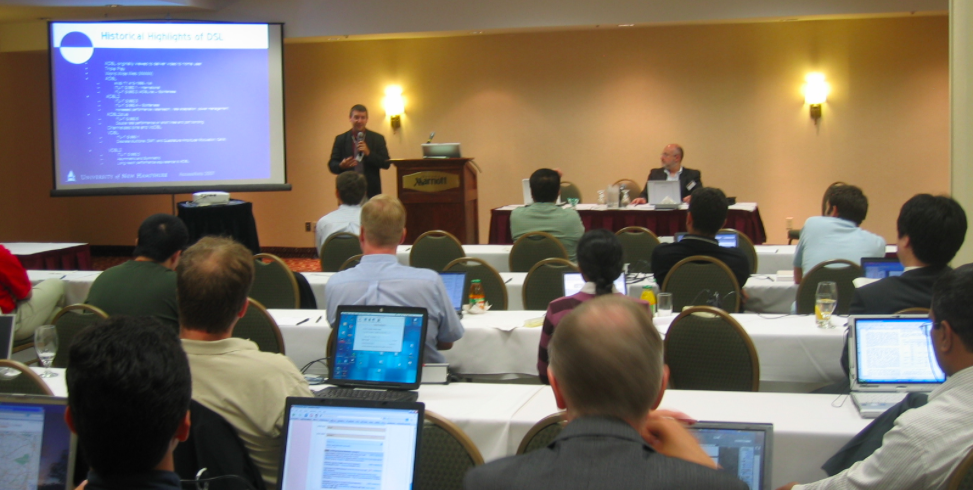
Have you ever been in a presentation where you found yourself becoming angry with the presenter? Maybe you weren’t sure why at first. But, it became clearer the longer they presented because they kept committing the same faux pas over and over. The biggest error they made was not connecting with you. In fact, they treated you as if you were a baby. You hate that, don’t you?
When I was in the world of online learning, I would frequently be given a powerpoint deck by a subject matter expert who proudly said, “Yeah, this is the deck that I use when presenting this information LIVE, so you shouldn’t have to do too much to it.”
Almost invariably, when I opened it up, I blown away by all the information included…not in a good way. I can only imagine what the audiences felt.
One of the main goals of a speaker is to connect with the audience so they can personalize the information and remember it more easily. When you add visual aids like slides into the mix, you are dividing the audience’s attention between you, the presenter, and what is on the screen. This is sometimes necessary. However, you want to minimize the work the audience needs to do.
Here are some things to avoid:
1. Killing them with bulletpoints – Sometimes there are so many bulletpoints, the audience needs the Hubble Telescope to read it. It’s ok to use more slides. Make one point on the slide and then bring them all together in a summary slide if they must be grouped
2. Adding full sentences and paragraphs to your slide – Unless you are using an important quote, again, you are dividing the attention of the audience. Imagine that you are reading a chapter from a book while someone is also trying to talk to you. You will never get the full concept from both. Minimize the work the audience needs to do and keep them cued in to your spoken content.
3. Reading word for word from the slides – They can see it. If you’ve still placed a ton of information on the slide (because you feel you must), then stop and tell them to take 15 seconds to read what’s on the slide on their own. But, they don’t need you to read the content word for word from the slide. Paraphrase it; say it a little differently; add a little emphasis, but you don’t need to re-read what they are already seeing.
4. Laser “Pointer-ing” them to death – The little red dot is a laser. It’s cool. I get it. But, it’s really not always that easy to see. If your hand is moving back and forth quickly as you air-underline an important word, it gets hard to follow the dot. People begin feeling like this cat chasing the light. Instead, use your body to move back toward the screen and point with your hands where you need to. Then, when you are done, move closer to the audience to re-connect.
5. Memorizing the entire speech word for word – It might make you feel safer to memorize the entire speech. But, there are so many things that can happen. You might get distracted. Technology might fail. You might be required to cut the speech short because of some timing issues. You need to know your content well enough to be able to adjust as necessary for the audience.
Speaking is a great skill to improve on. Presenting is a bit different than simply speaking. But, the end goal is still the same. Connect with your audience and they will remember you.


This is great info to process for speakers
Excellent article!
Thanks for commenting Ron!!